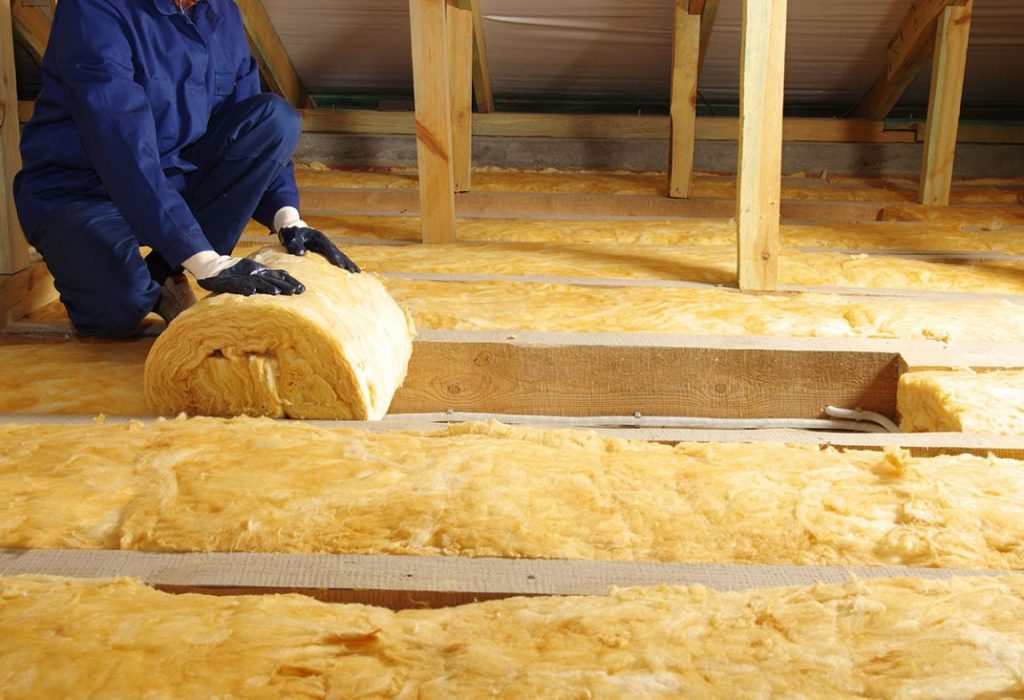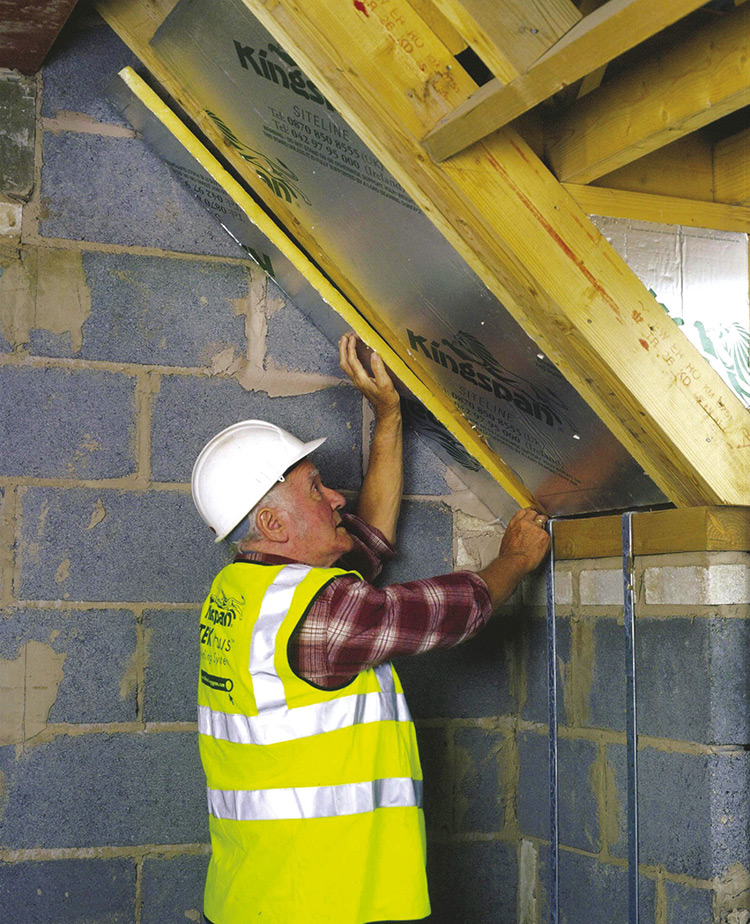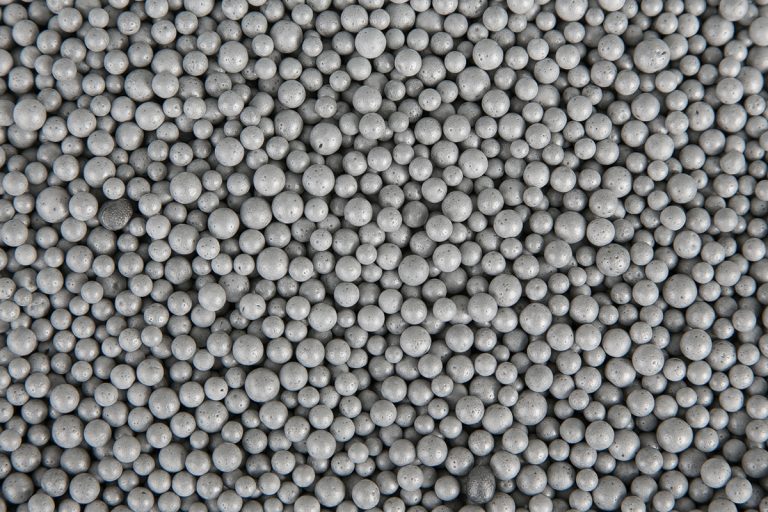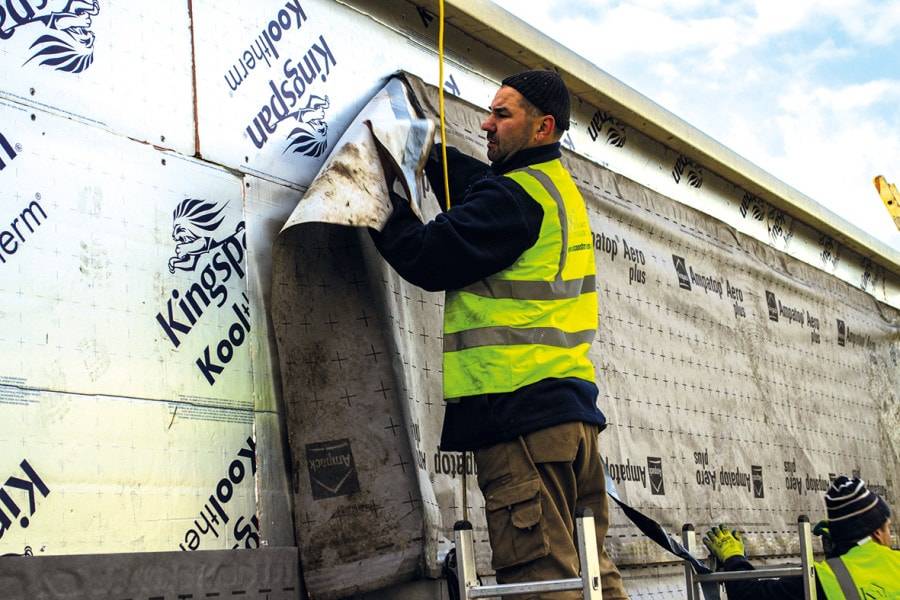Insulating your home is essential for maintaining comfort and energy efficiency. With a wide range of insulation types available, it can be challenging to decide which one is best for your extension project.
Understanding the Basics of Insulation
Before delving into specific insulation types, it’s essential to understand the fundamental principles of insulation. Insulation works by reducing heat transfer between the interior and exterior of your home. It helps keep your home warm in winter and cool in summer, leading to energy savings and increased comfort.
Insulation is typically categorised into two main forms: rigid and roll. Rigid insulation comes in the form of boards, suitable for walls, floors, and insulated plasterboard. Roll insulation, on the other hand, is commonly used in roof spaces. Now, let’s explore the various insulation types available.
Mineral Wool Insulation
Mineral Wool: Cost-Effective and Versatile
Mineral wool insulation is a popular choice in Ireland, known for its cost-effectiveness and versatility. It is made from molten glass (glass wool) or stone (stone wool, which offers superior acoustic qualities) spun into fibres. While mineral wool is affordable, it provides slightly less insulation compared to rigid boards made of plastic compounds like polystyrene and phenolic foam.

Plastic Family Insulation
Expanded Polystyrene (EPS): Beads and Batts
Expanded Polystyrene (EPS) is a versatile insulation material available in both bead and batt forms. It is commonly used to insulate cavity walls by injecting it between the inner and outer leaf of the wall. EPS contains trapped air in beads and has a thermal conductivity similar to sheep and mineral wool. Modified EPS types with added graphite particles can offer 15 to 20 percent better performance.
Extruded Polystyrene (XPS): Dense and Efficient
Extruded Polystyrene (XPS) is denser than EPS as it is formed by forcing polystyrene through a die, closing the cells. This denser structure results in better insulation values, making XPS an efficient choice for your extension.
Polyurethane (PUR) and Polyisocyanurate (PIR): Versatile and Effective
Polyurethane (PUR) and polyisocyanurate (PIR) insulation options are either sprayed on or available in board form. They are manufactured using blowing agents, typically pentane or carbon dioxide. These insulation types offer excellent thermal properties and are suitable for various applications.
Phenolic Foam: High-Performance Rigid Boards
Phenolic foam insulation is primarily available in rigid board form. It is renowned for its fine cell structure, making it one of the best insulators. While less common, foil insulation is sometimes used alongside other insulation types such as PIR.

Eco Insulation
Prioritising Indoor Air Quality and Sustainability
Recent events, such as the COVID-19 pandemic, have emphasised the importance of indoor air quality. People spending more time indoors have led to a growing interest in insulation products that help regulate moisture and do not emit volatile organic compounds (VOCs). Eco insulation products are gaining favour due to their sustainability and low environmental impact, especially when sourced from recycled materials.
Sheep’s Wool: Natural and Effective
Sheep’s wool insulation is a natural choice, available in roll form. It provides effective insulation while being environmentally friendly. Typically treated with inorganic salts, such as boron, sheep’s wool insulation offers resistance to fire, rot, and pests.
Cellulose Fiber: Versatile and Sustainable
Cellulose fiber insulation can be installed as loose-fill or flexible batts. Made from recycled newspaper, it is treated with fire-resistant additives. Cellulose insulation is an eco-friendly choice that offers good thermal performance.
Wood Fiber: Rigid Boards and Flexible Mats
Wood fiber insulation comes in rigid boards or flexible mats. It is a sustainable option, and like cellulose, it can be treated with fire-resistant additives. Wood fiber insulation is suitable for various applications, including period properties.
Hemp and Cork: Unique Eco Options
Hemp can be mixed with lime to create walls and plaster, while cork can be used with clay for plasters or in batt form. Hemp is also available in semi-rigid boards, pre-cast blocks, and as part of proprietary eco building systems.

Practical Considerations
Ensuring Effective Insulation
When choosing insulation for your extension, it’s crucial to consider practical aspects that can affect its performance over time:
Shrinkage and Compaction
Some insulation products may sag or shrink with time, especially roll insulation. Proper installation and support are essential to prevent these issues. Be aware that certain products may settle due to vibrations, such as heavy traffic.
Moisture Management
While allowing moisture to pass through the building fabric is part of an airtightness strategy, insulation should never get wet. Cavity walls can be particularly vulnerable. Properly installed rigid boards and moisture-resistant bonded beads are effective solutions. In exposed areas with high rain exposure, consider a weatherproof outer layer like render.

DIY Installation
Many insulation products can be installed by DIY enthusiasts with some basic training. However, some, like spray foam, EPS beads, or blown fibre, may require specialist installation. Always follow manufacturer guidelines to ensure proper insulation installation.
Choosing the right insulation for your extension is a critical decision that can significantly impact your home’s comfort and energy efficiency. There is a wide range of insulation types to choose from, including traditional options like mineral wool and plastic family insulation, as well as eco-friendly alternatives such as sheep’s wool, cellulose fibre, and wood fibre. Consider practical factors like shrinkage, moisture management, and the suitability for DIY installation when making your choice.
By understanding your options and considering your specific needs, you can make an informed decision that will help you create a comfortable, energy-efficient, and sustainable living space in your extended home. Remember to follow best practices for insulation installation to maximise its effectiveness and enjoy the benefits for years to come.




